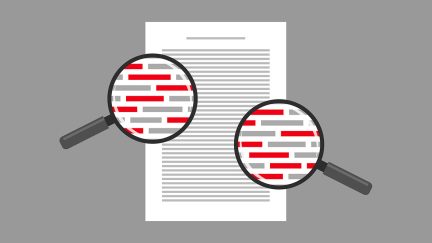Never miss a story — sign up for PLANSPONSOR newsletters to keep up on the latest retirement plan benefits news.
What Does SECURE 2.0 Do for 420 Transfers?
Even though it opens the process up for more pension funds to participate, few are likely to take advantage.
Though the SECURE 2.0 Act of 2022 was focused on improving defined contribution plans, it also contained several provisions related to defined benefit plans.
One such provision, Section 606, eased the requirements for overfunded pensions that make transfers to a 401(h) plan for retiree medical benefits, known as 420 transfers (for Section 420 of the Internal Revenue Code that permits them).
SECURE 2.0 extended Section 420, set to expire at the end of 2025, through the end of 2032. It also lowered the threshold at which plans may use surplus pension assets to pay retiree health and life insurance benefits for newly created de minimis transfers.
Before SECURE 2.0, plans that were at least 125% funded could make these transfers. Under SECURE 2.0, that option is extended to plans that are at least 110% funded, if certain conditions are met.
For a plan that is 110% funded to make a 420 transfer, the transfer total must be “de minimis,” meaning it involves no more than 1.75% of plan assets, and the transfers cannot result in the plan falling below 110% funded. Furthermore, the plan must have been at least 110% funded at the end of each of the last two plan years to be eligible.
John Lowell, a partner with October Three, an actuarial consulting firm, says that despite the potential for overfunded plans to offer more comprehensive benefits, he is “not aware of many companies that have taken advantage of this.”
“In order for a sponsor to want to do this, they need to be offering the benefits that it covers,” Lowell says. He explains that retiree medical benefits are far less common among retiree pension benefits than they were in decades past, and this decline “cuts the universe of companies that might be interested in a transfer of this sort.”
In other words, defined benefit plans that lack a 401(h) medical component have nothing to transfer to. And the requirement that the contribution be limited to 1.75% of plan assets limits the value that 401(h) would have if it were newly created and funded primarily from transfers.
Section 420 transfers have to be renewed from time to time because the legislation enabling their use has traditionally contained a sunset clause, Lowell explains. Section 606 authorizes these transfers through 2032.
This 10-year window from the passage of SECURE 2.0 is intended to make the legislation score better on Congressional Budget Office scoring, which uses a 10-year window to measure the cost of a bill.
Lowell explains that if a plan sponsor wanted to set up a 401(h) plan, the employer could do so by making new contributions, which would result in a tax deduction for the sponsor. However, if the company funds the 401(h) from excess pension assets, it does not result in a tax deduction. As a result, the legislation can count that funding as additional federal tax revenue for the purposes of scoring, because from the government’s point of view, it “fails to cost money that it would otherwise cost.”
While the adjustments may be useful for accounting purposes, it appears they add up to an opportunity few will exploit.
